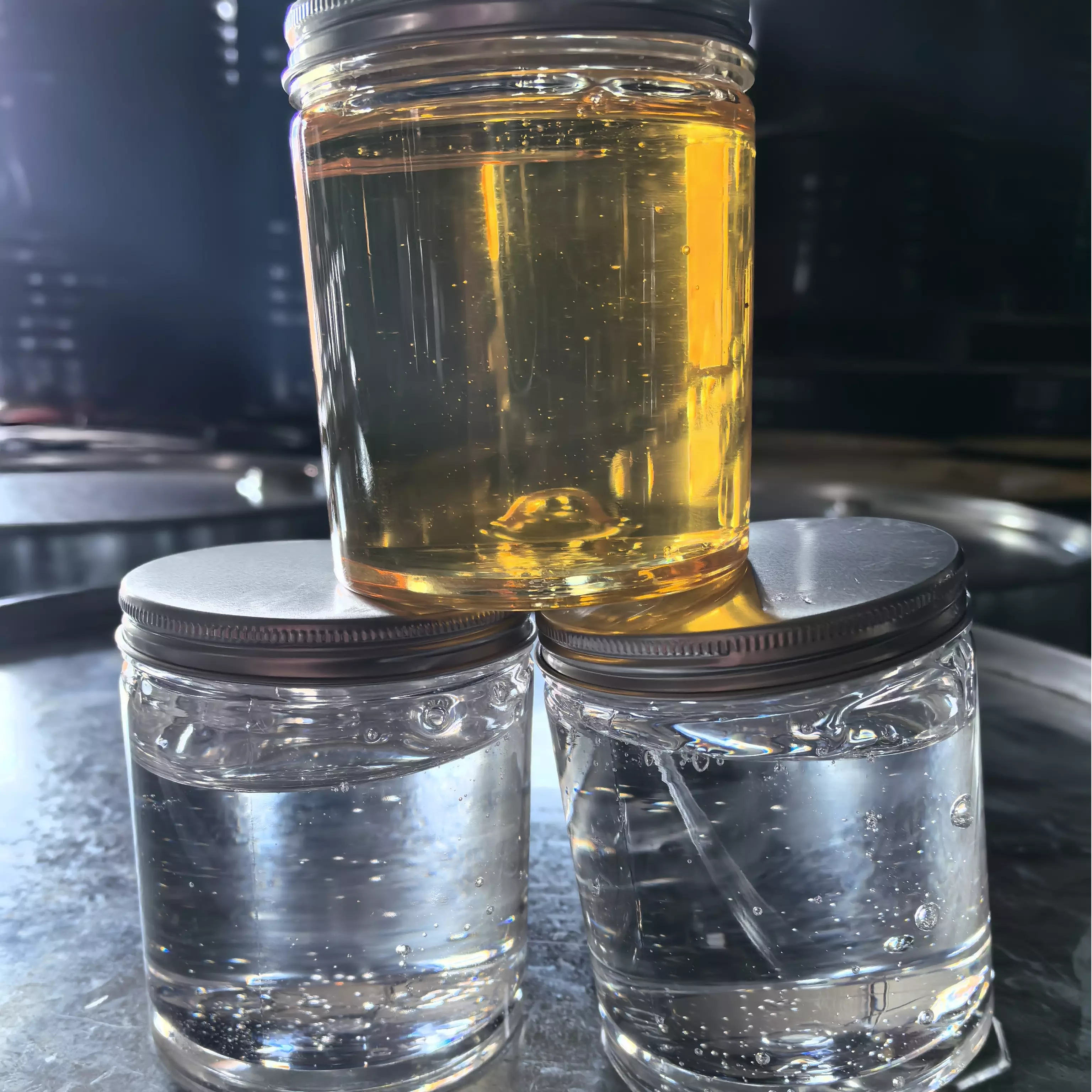Viscosity index improver
Time:
2025-11-04
Viscosity index improver
What is Viscosity index improver?
Viscosity index improver, as VII, refer to additives that improve the viscosity-temperature properties of lubricant. To understand what viscosity index improvers are, we must first understand the viscosity-temperature properties of lubricating oils. At high temperatures, the viscosity of lubricant becomes very low, which can prevent it from providing effective lubrication in certain high-temperature environments.
As early as the 1930s, polymeric compounds were added to hydraulic or gear oils as viscosity index improvers to maintain the viscosity of lubricating oils at high temperatures.
With further development, polyisobutylene(PIB), polymethacrylate(PMA), olefin copolymers(OCP), and hydrogenated styrene diene copolymers(HSD) were manufactured. These four types of polymeric compounds are still used as the main viscosity index improvers for lubricating oils.

These four types of viscosity index improvers are also known as non-dispersing viscosity index improvers. DPMA and DOCP are called dispersing viscosity index improvers, as they not only improve viscosity-temperature properties but also have a dispersing effect.
With the development of engine oils, the demand for multi-grade oils is increasing, leading to a continuous rise in the use of viscosity index improvers, reaching up to 20% of additive usage. Viscosity index improvers are receiving significant attention for the following reasons:
1. When VII is added to engine oils, hydraulic oils, gear oils, etc., they exhibit excellent low-temperature starting performance and high-temperature lubrication, meeting the requirements for all-season use.
2. When VII is added to multi-grade internal combustion engine oils, the viscosity-temperature characteristics are good; at high temperatures, the viscosity changes less with temperature compared to single-grade internal combustion engine oils, ensuring lubrication of moving parts and reducing wear. At low temperatures, they also facilitate starting, saving fuel and power.
3. High-viscosity base oil resources are generally scarce globally. Using VII compensates for the insufficient production of high-viscosity base oils, ensuring the full and rational utilization of resources.
Common performance comparisons of VII
| ITEM | PMA | OCP | HSD |
| Thickening ability | Poor | Good | Medium |
| Shear stability | Poor | Medium | Good |
| Thermal oxidation stability | Good | Medium | Medium |
| Low-temperature viscosity | Good | Poor | Good |
| Low-temperature pumpability | Good | Poor | Medium |
| High-temperature shear viscosity | Good | Good | Poor |
| VI Improvement Capability | Good | Medium | Medium |
| Economy | Poor | Good | Medium |
| Use | Automobile oil, industrial oil, automatic transmission fluid | Engine oil | Wide usage |
Previous page
Next page
Previous page
Next page
PRODUCTS CENTER
MORE BLOG
2025-11-04
2025-10-29
2025-10-24
2025-10-17
2025-10-14
CheMost
CheMost Additives CO.,LTD
ADDRESS: CheMost Additives CO.,LTD, Jinzhou city, Liaoning provice, China
To learn more about CheMost, please click the button to contact us anytime.
Get product catalogCopyright© 2025 CheMost Additives CO.,LTD
Website:300.cn jinzhou.300.cn | SEO | Privacy Policy






